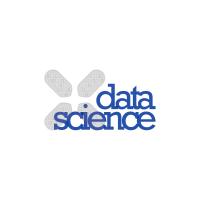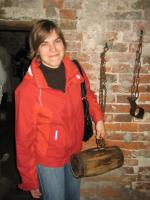Abstract
Social bookmark tools are rapidly emerging on the Web. In such systems users are setting up lightweight conceptual structures called folksonomies. These systems provide currently relatively few structure. We discuss in this paper, how association rule mining can be adopted to analyze and structure folksonomies, and how the results can be used for ontology learning and supporting emergent semantics. We demonstrate our approach on a large scale dataset stemming from an online system.
Links and resources
Tags
community
@dbenz's tags highlighted
- folksonomy
- 2006
- analysis
- association
- network
- myown
- semantic
- rules
- folksonomies
- l3s
- seminar2006
- rule
- nepomuk
- ontology
- mining
- kdubiq
- summerschool
- sosbuch
- tagging
- trias_example
- ezweb
- iccs_example
- wp5
- ol_tut2010
- fca
- bibsonomy
- social
- methods_concepts
- from:hotho
- my_thesis
- emergent_semantics
- jabref:nokeywordassigned
- learning
- subsumption
- semantics
- closely_related
- diploma_thesis
- methods_concepthierarchy
- association-rules
- methodsconcepts
- ol_web2.0
- taggingsurvey
- itegpub
- ontologyhandbook
- ws08
- networks
- toread
- kss
- taggingpaper


























